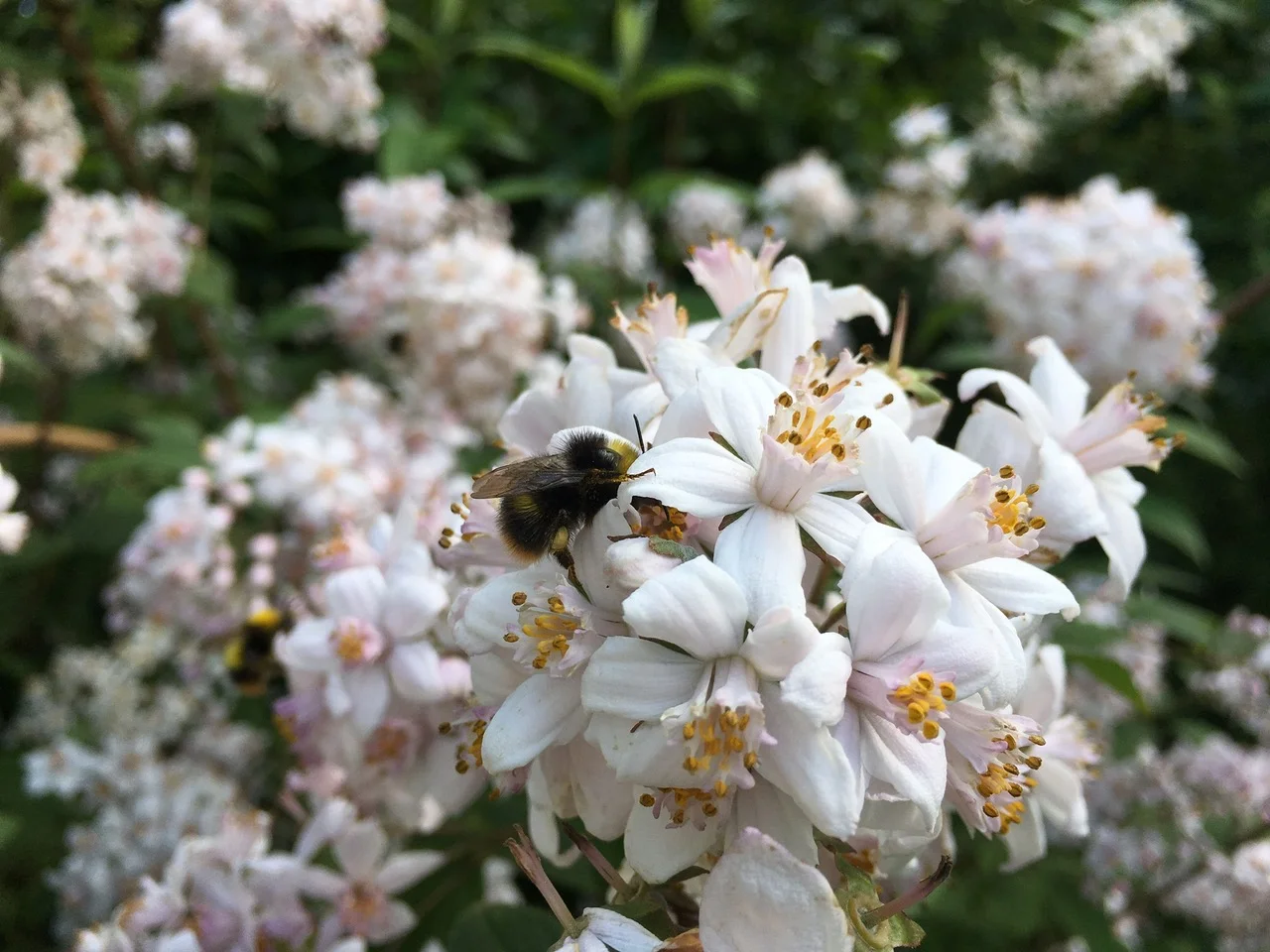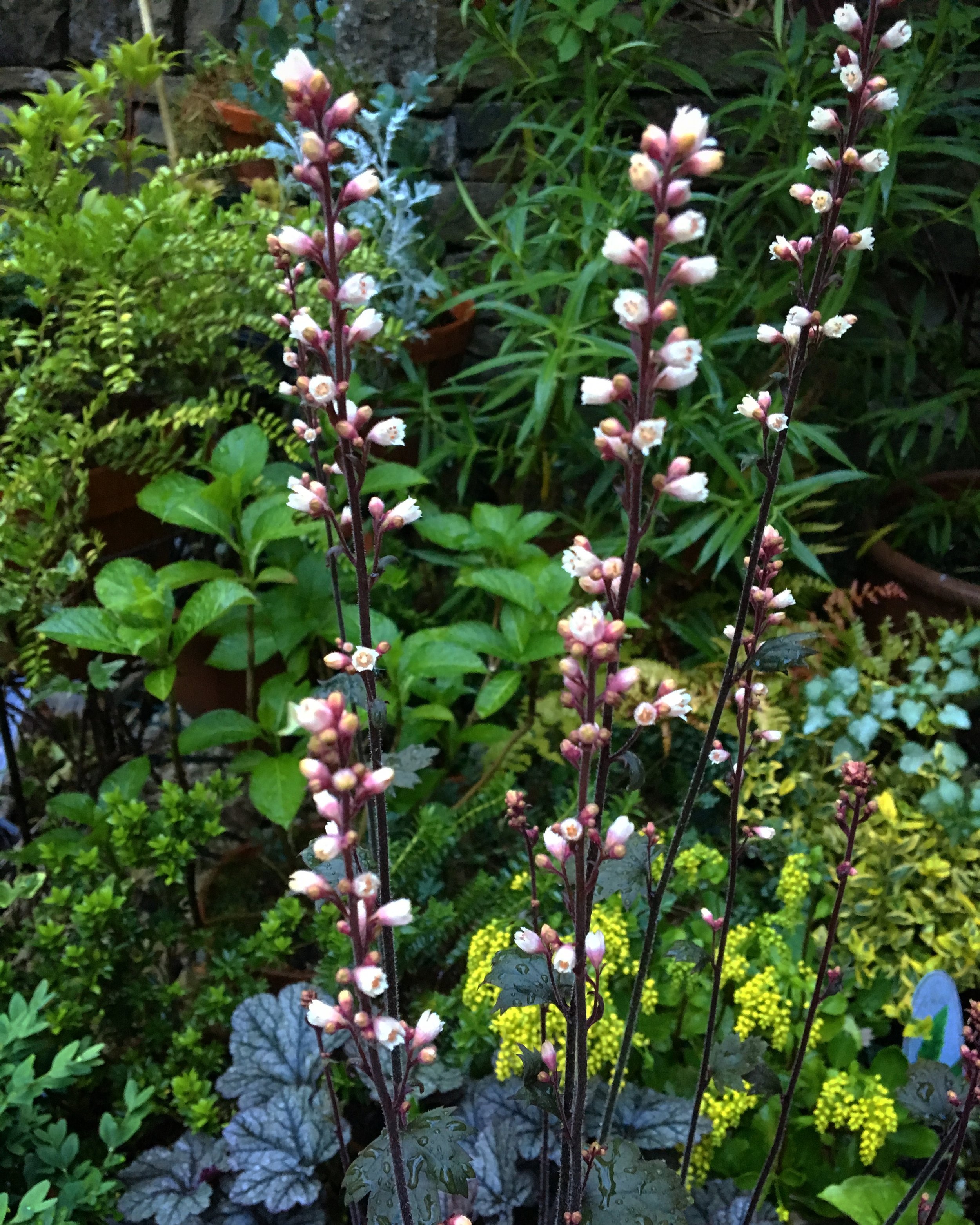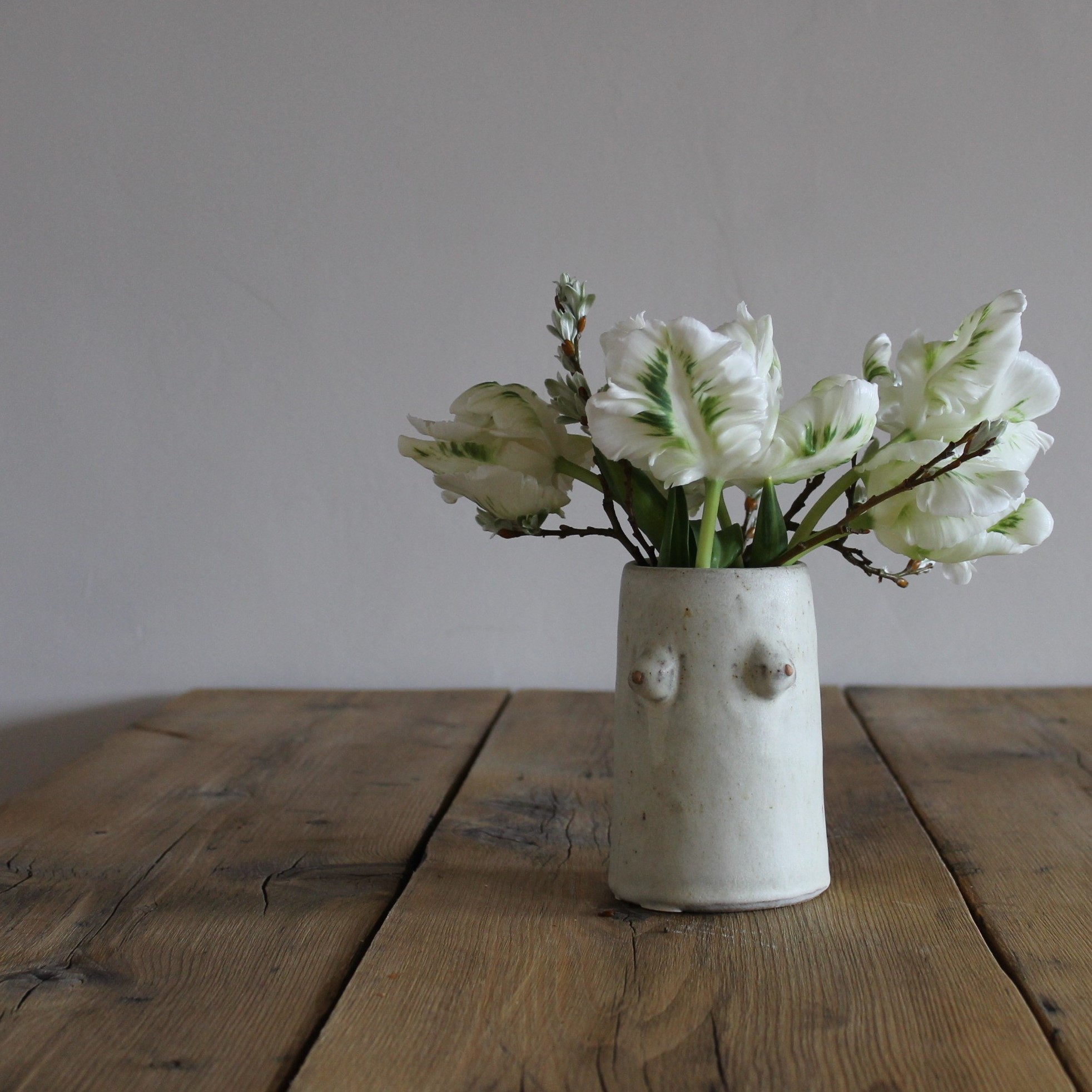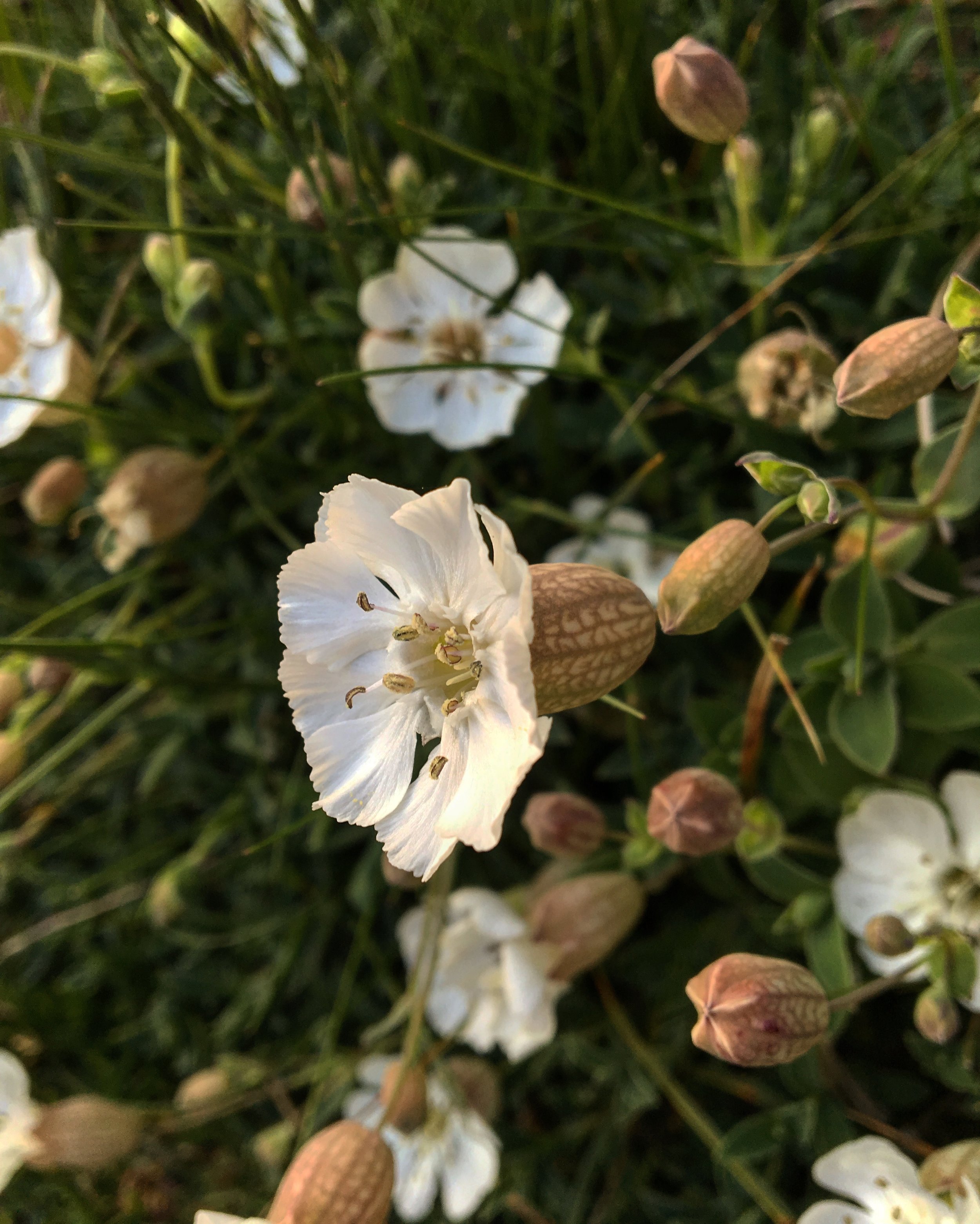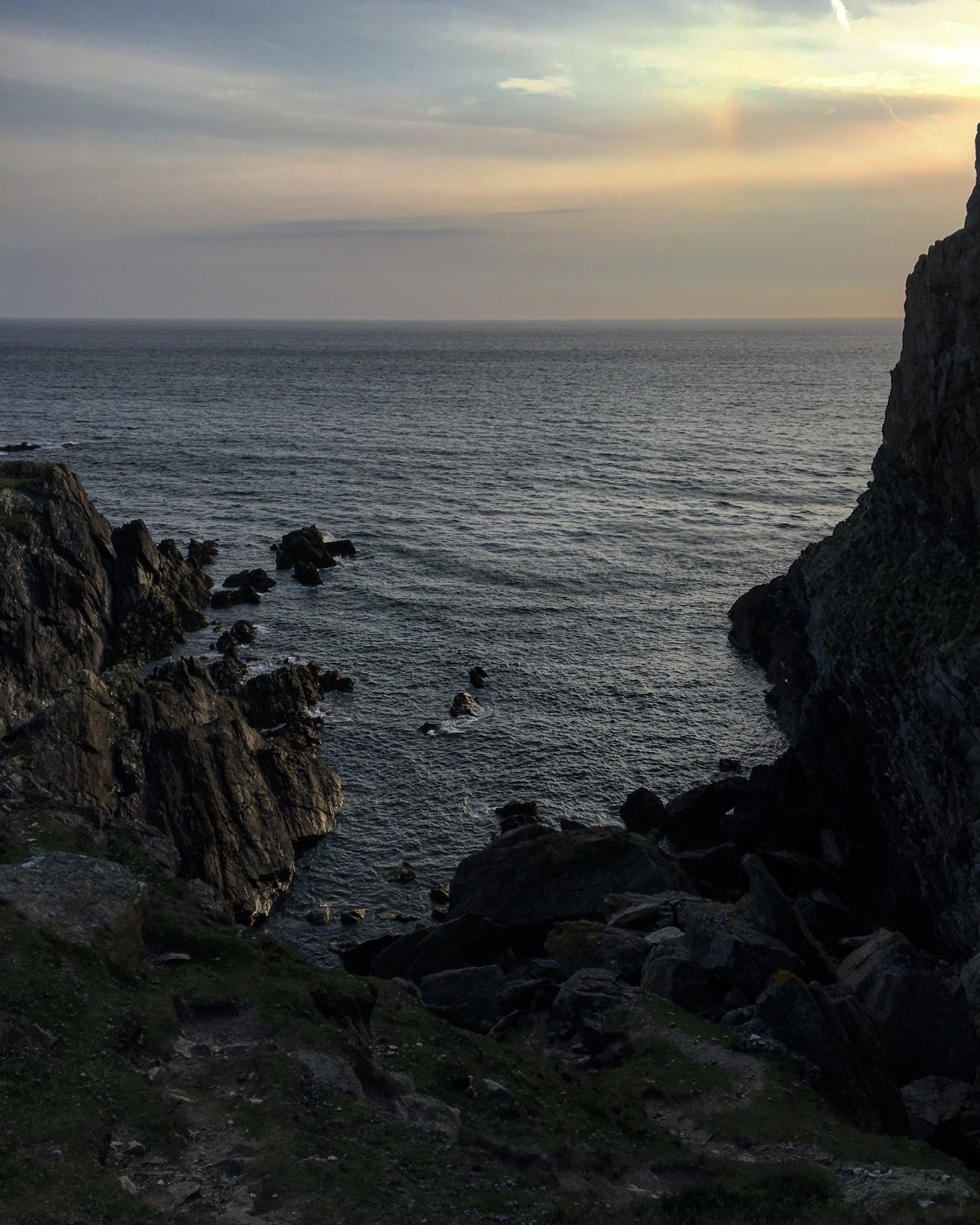Sarah Spencer believes that all living things share natural principles that allow them to grow, stay healthy, be adaptable, develop resilience, become connected and pass on what they’ve learned. She maintains that if we can learn to access the wisdom of the forest we can live happier, healthier and more productive lives ourselves. Today, she tells us a bit more about her work and outlook on life...
The Think like a Tree programme was created as a practical and accessible way for anyone to harness the wisdom of the natural world, and apply it in their own life.
Whilst designing landscapes, gardens and woodlands, I realised that the same principles that make natural ecosystems so successful and enduring could be applied to our own lives. There are a set of natural principles that all living things share, and by looking at these principles, through the lense of trees, we get back to the basics of what is really important in life, like growth, resilience, health and positive relationships.
We share a common ancestor with trees (about 2 billion years ago!), so these are the fundamentals of life. But trees have had a 280 million year head start in solving the problems that life throws at us, so we would be foolish to ignore all that evolutionary wisdom.
Think like a tree came into being following my own struggles with ill-health and coping with it forced me to re-evaluate my life and how I can live a fulfilling life, but within my own limits. And I took a long hard look at how my environment was affecting me, both in terms of my immediate surroundings and the wider world. I decided I needed to start living more consciously, both in terms of my own wellbeing but also that of the people and other living things around me. This way of living radically improved my life, allowing me develop my own unique solutions to my problems, and regain my health from a low point of spending over a year in bed.
The principles are taken from permaculture, a nature-inspired design system, and biomimicry, which uses nature to design products and find technical solutions. And some of them are simply observed whilst I was walking in the woods.
Once I embarked on this process people kept asking me about it and so I developed the courses where I live in woodlands in South Derbyshire to share my learning. I am now also working on an online course and a Think like a Tree book, to be published next year.
I'm guided by the natural principles every day - they are really easy to follow, you can observe them in your immediate surroundings and you interpret them in the way that’s relevant to you. Anyone can do it! If you see a dandelion pushing through the cracks in the pavement it has something to teach you about resilience and determination. A tree that harbours an ecosystem of insects and birds can teach us a lot about developing co-operative relationships. Some of those that I use every day are “slow and small solutions” that help me achieve my goals in a more effective way; “use your energy where it can have the most effect" guides me to focus my attention on the important things, and not waste time on the pointless ones (like overthinking things); “value diversity” helps me to see the good in everyone I meet, when so often it’s easy to gravitate away from those who are different; and my personal favourite is “use your edge” which reminds me step out of my comfort zone and take risks, because that’s what allows exciting new things to happen. That’s exactly what a birch tree does when it colonizes new ground.
When I teach shorter workshops I can see that even after an hour’s session lightbulbs start going on and I get reactions like “I’ve never thought about it like that!” or “I’d no idea I had so much in common with trees!” “I didn’t realize what I was feeling is perfectly natural!”. I think people like the fact that this is about learning from the natural world, and goes beyond simply enjoying the benefits of being in the outdoors (of which of course there are many).During the six week course we go into the principles in depth and the more people engage the more benefits they get. It’s called Think like a Tree for a reason – you really do have to think! The feedback has been overwhelming.
The full course follows a 12 step design cycle that allows participants to design for their own unique circumstances, incorporating the principles each week. So far people have used it for designing a career move, their retirement, their health, their confidence and wellbeing, and to design ways to support others. But essentially it can be used for every circumstance, from corporate culture, to bring up children. I like the unique approach – every tree is unique so why should we think that a one size fits all method should work for our own problems?
Many people have busy and stressful lives these days so it’s understandable that getting out in nature is not always a priority. But mindsets are shifting as to the benefits to health and wellbeing, and that is a great motivator. Usually it’s the thought of getting outside that is the hurdle and when we do we love it. If you ask people about their most exhilarating moment, when they felt the most alive, it’s usually in the outdoors – like seeing an amazing sunset, or even sitting round a campfire enjoying the company of others. I wish we could bottle that feeling and sell it!
With all that in mind it’s important to find a way to incorporate contact with nature in your routine, by simple switches, like substituting going to the gym for a going for a walk, or walking to the shops via the park rather than driving. I love gardening, and seeing new life emerge from tiny seeds at the same time as my own energy levels rise in the spring is exciting (and I get to eat the results!), but each person can find their own sweet spot of wellbeing or their “flow”. I can guarantee it doesn’t happen sitting at home in front of a screen.
Young people are growing up in a world where they don’t have the freedom or the exposure to the outdoors in the same way as in the past, and they have many more pressures. I trained as a Forest School leader and initiatives like this are making fantastic strides, but if you grow up divorced from the outdoors you risk becoming scared by it. There are many children and adults who fear the outdoors, and don’t like getting dirty, and that makes me very sad.
It’s a societal problem – billions of pounds are being spent encouraging people to spend their weekends in shopping centres, and very little encouragement is given to being outside (which is free), essentially because big corporates are losing money every time we do so.
Parents, schools and the government all have a role to play in giving young people a reason to get outside, and from that they can learn to gain enjoyment and find purpose from it. Children are also very capable of learning from the natural principles and a good one to start with is “feed your roots” asking them what that might mean in making sure they are growing up healthy and strong.
There are some great ways to start thinking more like a tree:
Get out in nature every day.
Observe the patterns in nature and in your own life – sleep, food, exercise, energy.
Think about your core values. Trees have a strong purpose and people are happier when they have purpose too.
Improve your surroundings – small and slow solutions every day.
Nurture your relationships.
Embrace change and challenge – develop resilience.
Think for the future - every tree that has ever lived has contributed to the creation of the soil and the abundance of our planet, so never think your own actions can’t change the world. Just make sure it’s in a positive way.
Further Details











